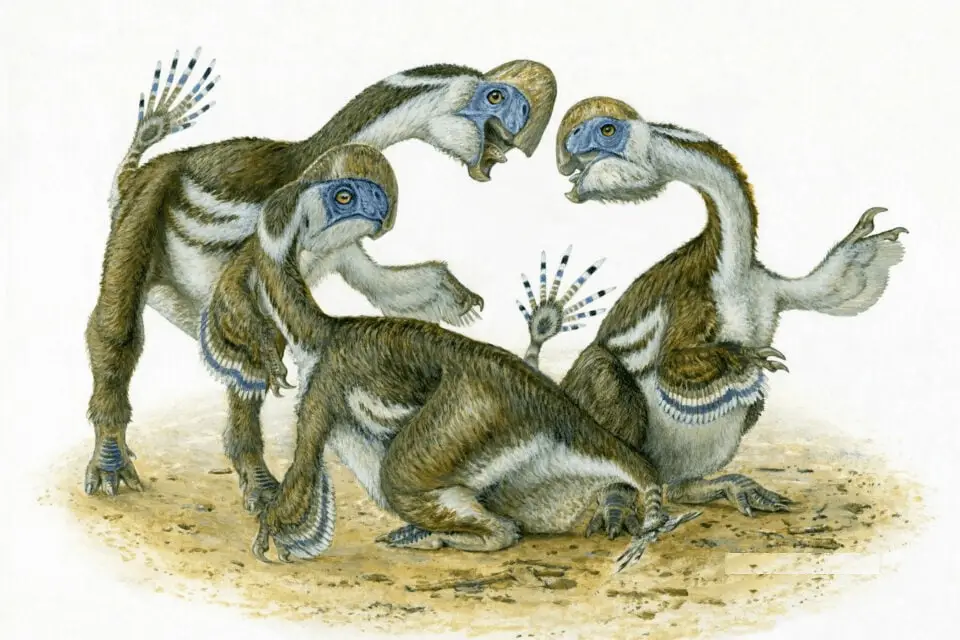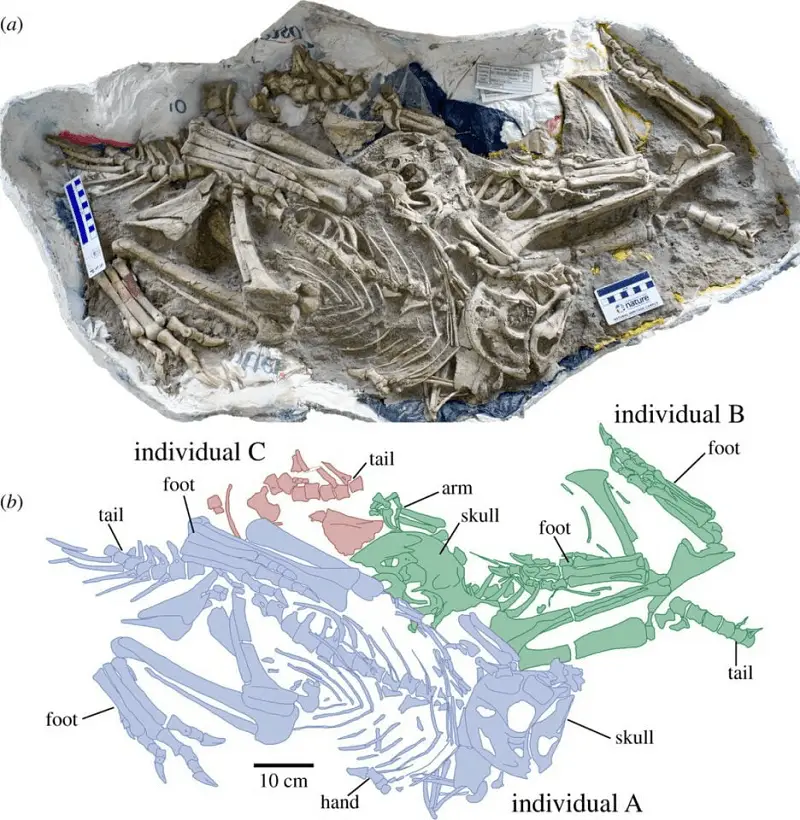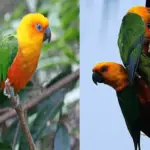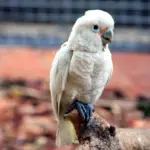
Parrot like dinosaur:Today, dinosaurs have been extinct for millions of years, but remain fascinating creatures to paleontologists to this day. However, no one knows what these reptiles actually look like, their fossils being the only way to piece together a rough picture.
Oksoko aversion is a new species of dinosaur with details reminiscent of a contemporary bird, the parrot. Indeed, scientists noted the similar shape of the beak and the absence of teeth. But for this species that lived around 72 to 66 million years ago, a fascinating detail arouses curiosity and calls for analysis: the loss of a functional claw on the forearms, unlike its counterparts.
Apart from an aesthetic change, this evolution suggests above all an important capacity of adaptation of the oviraptor family to a new environment and a different way of life.
Gregory Funston, a paleontologist at the University of Edinburgh in the UK, explains that the evolution of oviraptors has never been analyzed, and the disappearance of a claw from the reptile’s hands has led to the study of the transformation of its members.
Fortunately for researchers, the remains of Oksoko ovarian are complete skeletons, preserved together for a very long time.
The arrangement of the bones “at rest” provides information on the movements of juvenile individuals in groups.
Traveling around the world, including North America and the Gobi Desert in Mongolia, the 2-meter dinosaur found itself forced to adapt to a changing living environment and diet in order to ensure its survival.
Parrot dinosaur

Dinosaur fossils shed light on toothless two-fingered species
Therefore, it resulted in the gradual disappearance, over millions of years, of a complete claw. According to paleontologists, this is probably due to the hot, dry desert environment. Be that as it may, the anatomical evolution of the animal draws a diverse profile of omnivores before their mass extinction.
Moreover, the bone knot now presents in place of the third finger made it possible to isolate Oksoko avarsan as being a new species in the taxonomy of dinosaurs.
Although the Upper Cretaceous oviraptors formed fairly small populations, their diversification and adaptability are exceptional and encourage more in-depth studies of the elements of their environment, namely the nature and color of their eggs, or the structure of their nests, and their habitat.




















